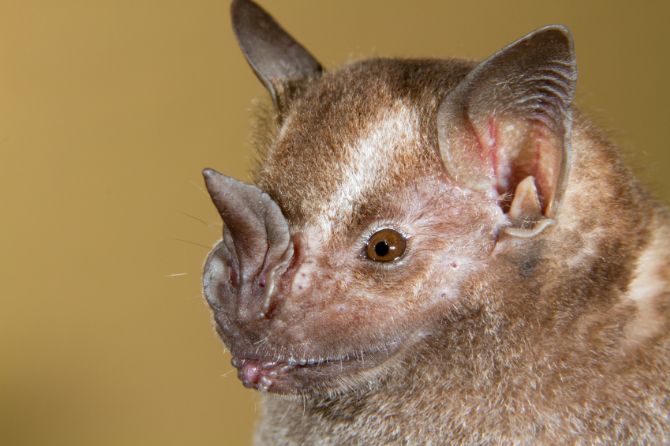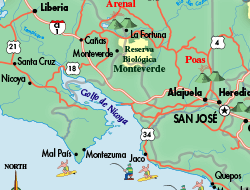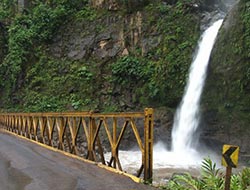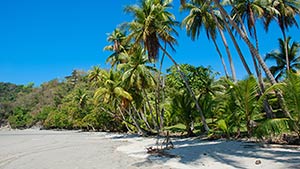The Jamaican fruit bat is critical for seed distribution in Costa Rica
Jamaican Fruit Bat (Artibeus jamaicensis)
Costa Rica is home to 110 species of bats, and they play a critical role in Costa Rica’s sustainability of their incredibly diverse ecosystem. Scientifically known as Desmodus Rotundus, bats are the only mammals that are able to fly. The omnivores live all around the world in caves, nests, and a variety of man-made structures.
A Revered Animal
Even though one characterization of bats in popular modern culture is that of an evil creature, in Costa Rica’s pre-Columbian era, bats had an association with the deities. They were especially honored and were depicted in lavish works of art. A common part of Costa Rica wildlife, bats live in the cloud forests, woodlands, rainforests, and tropical dry forests. Although they provide entertainment during Costa Rican adventure tours, bats have a higher purpose, the continuation of a healthy Costa Rican environment.
A Winged Hero
In this quest for Costa Rica sustainability of its wildlife and forests, there is a certain type of bat that stands above the rest, the Jamaican fruit bat. This winged hero’s survival is critical in order to assure proper seed distribution. The Jamaican fruit bat’s preferred food are bananas, papayas, and guavas, but if they are not readily available, insects, pollen, nectar, and leaves become fair game for its appetite.
It's Eating Habits
The Jamaican fruit bats will put fruit in their mouths, but will not consume it until they arrive at their chosen dining roost. A feasting bat will consume food by squeezing the juice out of the fruit, drinking it, then spitting out the used flesh. Small seeds of the fruit often get consumed with the juice, which will soon be processed and excreted.
Critical Attributes
One of the attributes that make the Jamaican fruit bat so critical for seed distribution is its efficient food digestion process. In fact, it has the most efficient digestion of all mammals, processing its food in 15 minutes. The small seeds have not been in the bat’s system long enough to be digested, so when they are expelled, they are able to germinate. Another attribute in the Jamaican fruit bat’s usefulness is that it needs to eat on a frequent basis, so it is continually dispersing seeds and pollinating plants as it makes contact with them.
A Protected Species
Since the Jamaican fruit bat is a natural champion of the environment, Costa Rica protects this species in order to support reforestation of damaged areas in the country. There are other bats commonly seen in Costa Rica that are notable in different ways. Bat viewing is a popular tourist activity in Costa Rica, but you will need to view them at night to see them in action.
Other Common Bats
The vampire bat is unique because it is the only species of bat that will feed on the blood of birds and livestock. The bats are so active that they cause a high level of livestock damage each year. They are found in San Jose, Corcovado National Park, and the Cerro de la Muerte.
The Honduran white bat is a rare species not only because it is white, but also because it is one of 15 Latin American bat species that make tents. Living in colonies of up to only 12 bats, they are found on the Caribbean coast of Costa Rica, and in the lowlands of Tortuguero National Park where they enjoy the humidity.
With a wingspan that can get up to two feet in diameter, the fishing bulldog bat is notable for its looks as well as for its behavior. Its fishing technique involves flying just above the surface of a body of water in order to detect movement and snatch out its prey with its claws. This bat is found in both Corcovado and Santa Rosa National Park.
7 Days / 6 Nights
Starting at $932 per person
10 Days / 9 Nights
Starting at $1,071 per person









.jpg)


.jpg)
.jpg)
.jpg)
.jpg)


